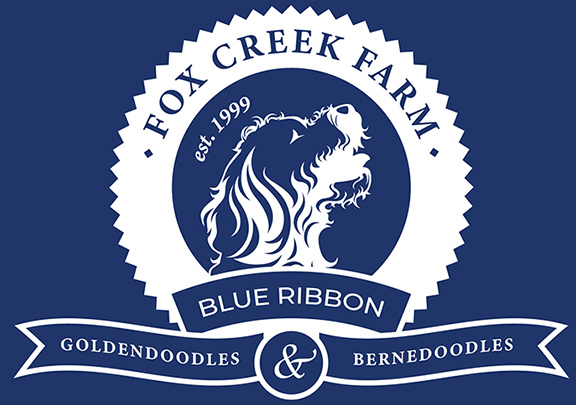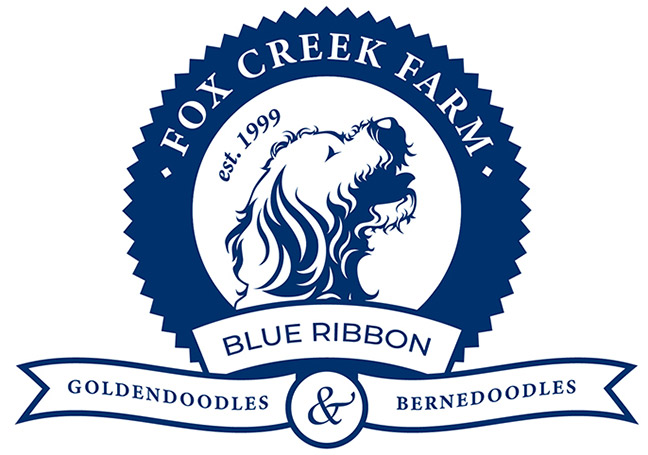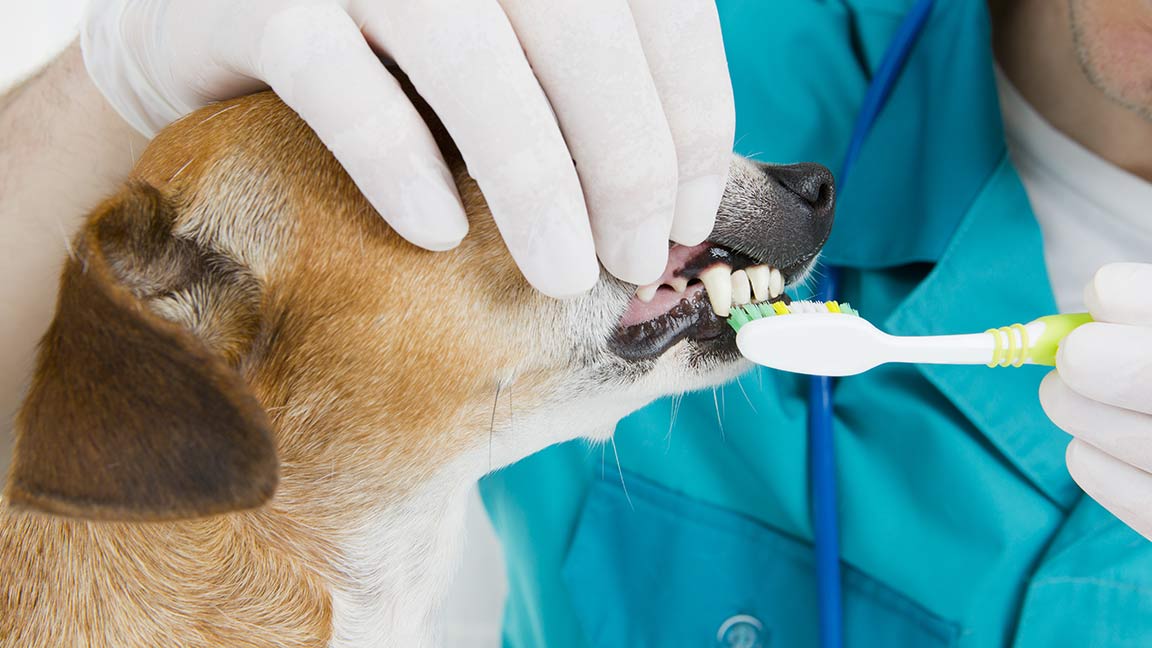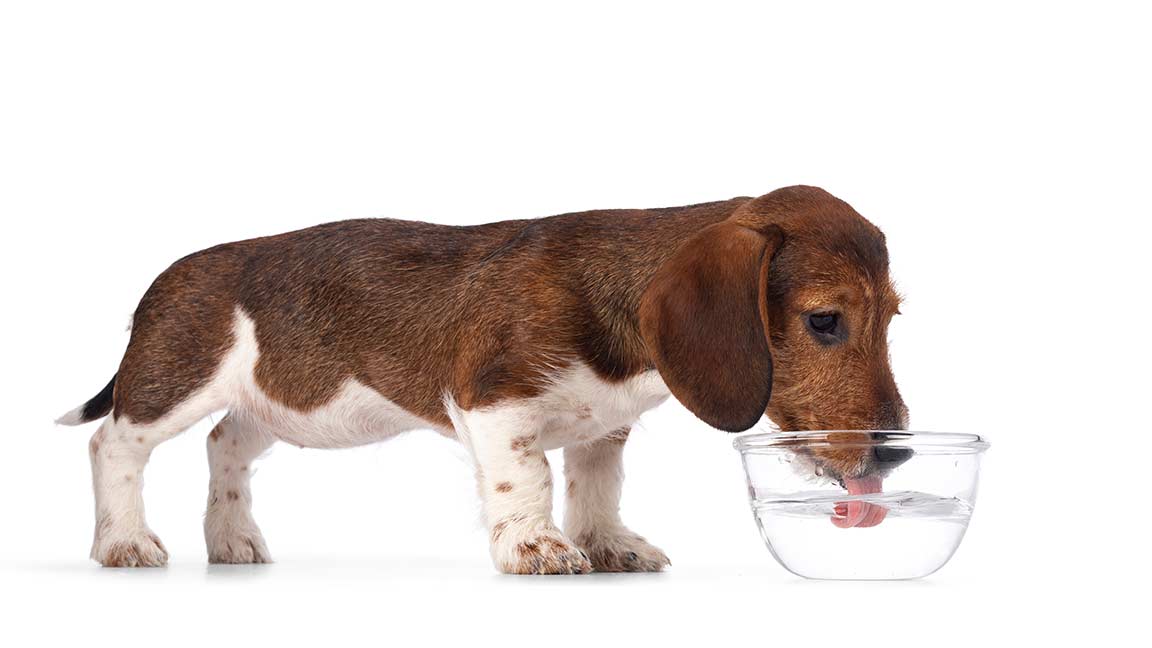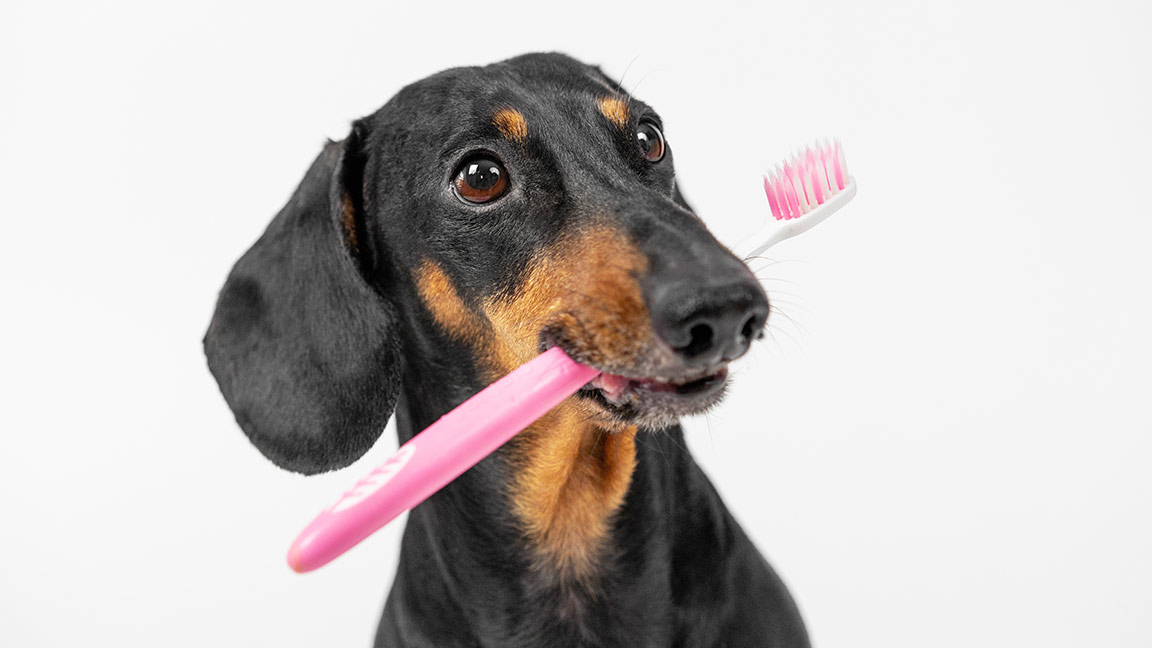
Should I Brush My Dog’s Teeth Regularly?
Owning a dog comes with many responsibilities. We’re all familiar with the joys of long walks, the sound of a happily wagging tail, and the warmth of a furry friend, but dental care is another aspect of dog ownership that’s just as important, though perhaps less well-known.
Just like people, dogs can suffer from various dental health issues. From gum to periodontal disease, these conditions can cause discomfort, bad breath, and even tooth loss in dogs. However, perils persist past the mouth. Dental infections can also lead to systemic health issues, affecting the heart, liver, and kidneys.
Luckily diligent dental hygiene can mitigate dental hygiene issues. The Veterinary Oral Health Council, a leading authority on pet dental health, strongly advocates regular teeth brushing for dogs and cats alike. They emphasize that maintaining good oral hygiene is crucial to pet care, just as important as providing a balanced diet and regular exercise.
However, the necessity of regular dental maintenance fluctuates based on a dog’s particular breed. For instance, Goldendoodles—a popular mixed breed that combines the genes of Golden Retrievers and Poodles—may require special attention regarding their teeth. Golden Retrievers and Poodles have specific dental health considerations passed on to their Goldendoodle offspring.
In this post, we’ll delve into the why, how, and when brushing your dog’s teeth, focusing on adult Goldendoodles and Goldendoodle puppies. We’ll discuss the importance of dental care, provide a step-by-step guide on brushing your dog’s teeth and offer tips for making the process easier for you and your dog.
Whether you’re a seasoned Goldendoodle breeder, a proud puppy parent, or a dog owner looking to improve your pet’s dental health, this guide is for you. So grab your tooth-brushing gloves and dog toothpaste, and dive in!
Why Brush Your Dog’s Teeth?
There’s a robust variety of reasons you should brush your furry friends’ mouths, including disease, health, cost, and smell. All these can change your dog’s life in many ways, so without further ado, here’s why you should brush your dog’s teeth.
1. Preventing dental disease: As with people, dogs are susceptible to multiple dental conditions, including periodontitis and gingivitis (gum sickness). These circumstances result from the accumulation of plaque and calculus on the teeth, prompting inflammation and infection of the gingiva. Habitual brushing assists in removing plaque and other harmful things on your dog’s teeth.
2. Prevention of Systemic Diseases: Dental diseases in dogs can lead to more serious systemic health problems. The bacteria in the dog’s mouth can enter their bloodstream and affect the heart, liver, and kidneys. You can help prevent these serious health issues by maintaining good oral health.
3. Improved Breath: Bad breath in dogs is due to bacteria in the mouth. Regular brushing helps keep your dog’s mouth clean and their breath fresh.
4. Early Detection of Oral Health Problems: Regular brushing allows you to examine your dog’s mouth closely, helping you spot potential issues early, such as broken teeth, tumors, or other abnormalities requiring veterinary attention.
5. Cost Savings: Veterinary dental procedures can be expensive, especially if your dog requires extractions or other major dental work. Regular brushing can help prevent these issues, saving you money in the long run.
Remember, it is always a good time to start brushing your dog’s teeth. Regular brushing can significantly affect oral health, even no matter what age your dog is. Always consult your vet if you have concerns about your dog’s dental health.
The Goldendoodle Example
Goldendoodles are a mixed breed that combines Golden Retriever and Poodle ancestors. These parent breeds have unique dental health considerations, which they pass on to their Goldendoodle offspring.
Golden Retrievers are known to be susceptible to gum disease. Their vulnerability is because they have a relatively high risk of periodontal disease. In this condition, the structures supporting the teeth become inflamed and can eventually cause tooth loss. Regular brushing can help to keep a Golden Retriever’s gums healthy and prevent the onset of periodontal disease.
Conversely, Poodles are prone to tooth decay because of the shape and size of their mouths and teeth. They often have crowded teeth, making it challenging to keep all surfaces of teeth clean. These problems can lead to plaque buildup and, eventually, tooth decay. Regular brushing is crucial to remove plaque and prevent erosion.
As a result, Goldendoodles can inherit these dental health risks from their parent breeds. They may be more prone to gum disease and tooth decay than other breeds, making regular dental care even more critical.
Moreover, Goldendoodles are often used as therapy dogs or guide dogs. These roles require them to be in top physical condition, and dental health plays an integral part. A dog suffering from dental pain or discomfort may be unable to perform their duties effectively. Regular tooth brushing can help ensure that a Goldendoodle is healthy, ready, and able to carry out its essential work.
Finally, Goldendoodles are known for their friendly and pleasant nature. They love to give kisses and be close to their human family members. Regular tooth brushing will keep their breath fresh and make these close interactions more enjoyable for everyone!
In conclusion, while all dogs can benefit from regular tooth brushing, it’s vital for Goldendoodles due to their specific breed characteristics and potential roles as therapy or guide dogs.
 How to Brush Your Dog’s Teeth
How to Brush Your Dog’s Teeth
Brushing your dog’s teeth might seem daunting, especially if this is your first time. But with the right tools and patience, it can become a simple part of your pet care routine. Here’s a step-by-step guide to get you started:
Choose the Right Tools: You’ll need a toothbrush designed for dogs—a traditional dog toothbrush, a finger brush, or even teeth-brushing gloves. You’ll also need dog toothpaste. Never use human toothpaste, as it contains ingredients that can harm dogs. Many dog toothpaste flavors are available, so you can choose one your dog will like.
Get Your Dog Comfortable: Start by letting your dog taste the toothpaste. Then gently lift their lips to expose their teeth. It’s essential to make this a positive experience, so be patient and give your dog plenty of praise.
Start Brushing:
Apply a small amount of toothpaste to the brush.
Start by brushing a few teeth at once, gradually working up to the whole mouth.
Brush in a circular motion, paying particular attention to the gum line.
Remember, the outside surfaces of the teeth tend to accumulate more plaque, so focus your efforts there.
Be Consistent: Like humans, brushing your dog’s teeth is most effective when done regularly. Aim to brush your dog’s teeth daily, but if that’s not possible, even a few times a week can make a big difference.
Remember, some dogs may resist tooth brushing at first. It’s essential to be patient and persistent. Over time, your dog will get used to the process, and it may even become a bonding experience for both of you. Of course, starting when your puppy is young will allow the process to become expected and accepted.
When to Brush Your Dog’s Teeth
Brushing your dog’s teeth every day is best. Brushing teeth regularly is the best way to prevent problematic plaque and tartar buildup and keep your dog’s mouth healthy. However, daily brushing may only be feasible for some dog owners. If you can’t brush your dog’s teeth daily, aim for at least three times a week.
In addition to regular brushing, watch for signs of dental health issues. These can include bad breath, red or swollen gums, difficulty eating, or changes in behavior. If you notice these signs, consulting your vet is a wise idea.
In the next section, we’ll wrap up with some final thoughts on the importance of dental care for dogs, especially for specific breeds like Goldendoodles.
As a dog owner, your pet’s health is undoubtedly one of your top priorities. While it’s easy to focus on their diet, exercise, and regular vet check-ups, paying attention to their dental health is equally important. Brushing your dog’s teeth can help prevent a variety of health problems that include, gum disease, periodontal disease, and other dental health issues affecting their overall well-being.
Dental health problems are apparent in certain breeds, like Goldendoodles. As a mix of Golden Retrievers and Poodles, Goldendoodles may inherit a higher risk of dental health issues, making regular tooth brushing even more crucial. Though no matter the lineage of your canine companion, attending to their oral hygiene should constitute an indispensable element of your dutiful custodianship.
Remember, brushing your dog’s teeth doesn’t have to be a chore. With the right tools—a dog toothbrush or tooth brushing gloves and dog toothpaste—and a little patience, it can become a simple, even enjoyable, part of your routine. And the reward—a healthy, happy dog with a sparkling smile—is well worth the effort.
Whether experienced in breeding Goldendoodles or simply hoping to enhance a beloved pup’s dental well-being, we trust this reference has proven useful, whether you are:
- A veteran of Goldendoodle breeding.
- The doting owner of a Goldendoodle pup.
- Just a dog owner aiming to elevate your pet’s oral health.
Happy brushing!
